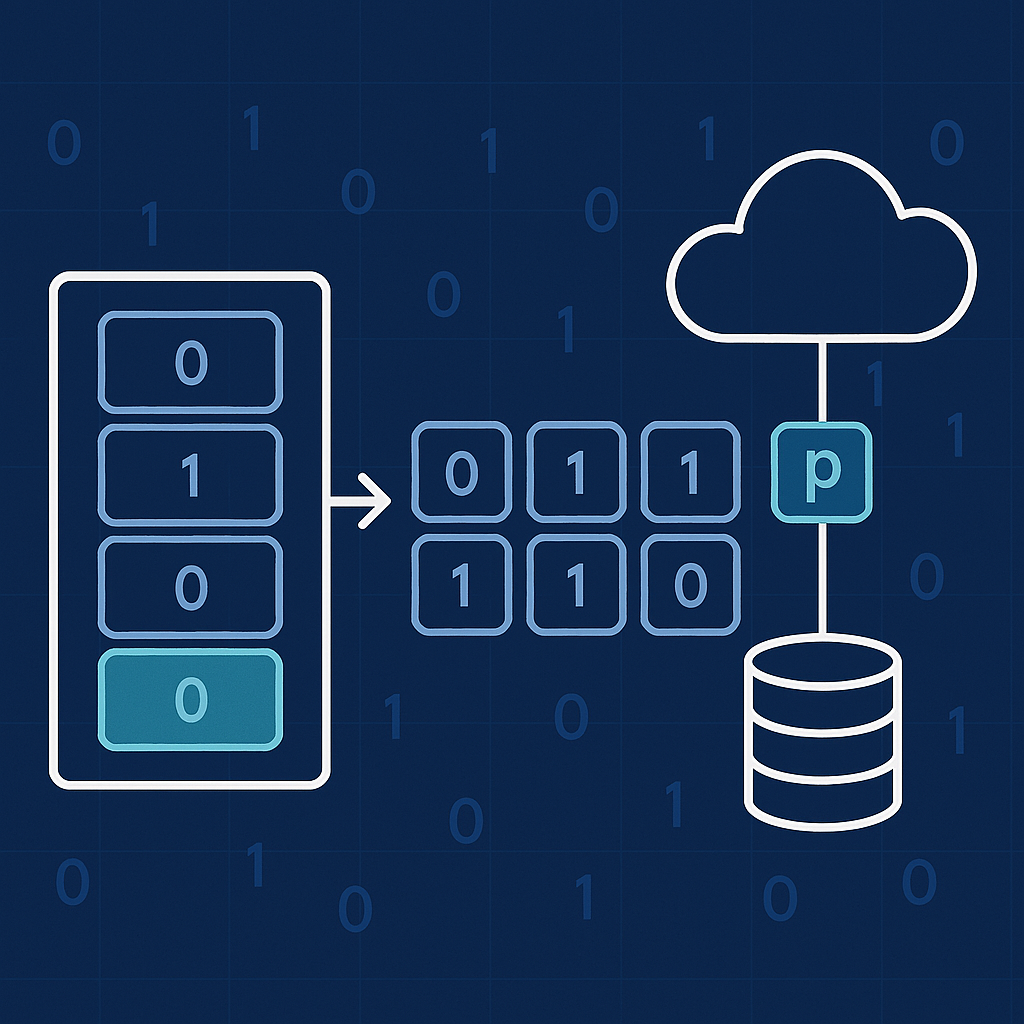
Understanding Parity Bits in Erasure Coding
Maintaining data integrity and reliability is crucial in digital preservation. Parity bits play a fundamental role in ensuring data durability and efficient error detection and correction within erasure coding frameworks, which are widely used in storage systems such as RAID configurations and large-scale data centers like Amazon S3.
What are Parity Bits?
Parity bits are special bits added to a set of data bits to help detect and correct errors. Specifically, a parity bit indicates whether the total number of '1' bits in a given data sequence is odd or even. There are two standard parity methods:
- Even parity ensures that the total number of '1' bits (including the parity bit) is even.
- Odd parity ensures that the total number of '1' bits (including the parity bit) is odd.
These bits allow systems to quickly identify data corruption during storage or transmission by checking whether the data matches the expected parity.
How Do They Work?
Parity bits function by counting the bits set to '1' in a data sequence. For example, consider even parity:
- Original data:
1011010 - Number of 1-bits: 4 (already even)
- Even parity bit added:
0 - Data stored:
10110100
If a single bit flips (e.g., 10110000), a parity check quickly detects the discrepancy because the count of '1's becomes odd, signaling data corruption.
In RAID Systems
RAID (Redundant Array of Independent Disks) is an everyday use case for parity bits, notably RAID 5 and RAID 6:
- RAID 5 utilizes block-level striping with distributed parity bits across multiple disks, providing fault tolerance by allowing data reconstruction if one disk fails.
- RAID 6 employs double parity, allowing recovery even if two disks fail simultaneously.
For instance, RAID 5 stores parity data across all disks rather than on a single dedicated disk, enhancing reliability without excessive overhead. To explore different storage approaches, including RAID and erasure coding, see our detailed comparison in "Understanding Data Durability: From Replication to Erasure Coding." This YouTube video discusses how parity is used in a RAID 5 configuration.
In Large-Scale Cloud Storage
In large-scale storage environments such as Amazon S3, parity bits are essential to sophisticated erasure coding schemes. These systems split data objects into multiple fragments, calculate parity bits for redundancy, and distribute these fragments and parity information across numerous storage nodes and geographic regions. Combining data fragments and parity bits ensures that even if multiple individual nodes or entire regions fail, the original data can still be reconstructed from the surviving nodes.
For example, a cloud storage service might fragment a large file into 10 data pieces and add 4 parity pieces. These 14 fragments are distributed widely across distinct data centers or availability zones. Should any 4 of these fragments be lost due to hardware failures, network disruptions, or other issues, the original file can still be fully reconstructed from the remaining 10 fragments.
This design ensures exceptionally high durability (up to 99.999999999%, often called "11 nines" durability) and enables efficient resource utilization by minimizing the redundancy required compared to traditional data replication.
Why Parity Bits are Efficient
Parity bits offer significant efficiency compared to simple data duplication or full mirroring, drastically reducing storage overhead. They balance storage efficiency, error detection capabilities, and performance, making them ideal for large-scale, resilient data systems. Understanding parity bits provides a foundation for evaluating and enhancing data protection strategies, particularly within erasure coding frameworks that underpin modern storage infrastructures.